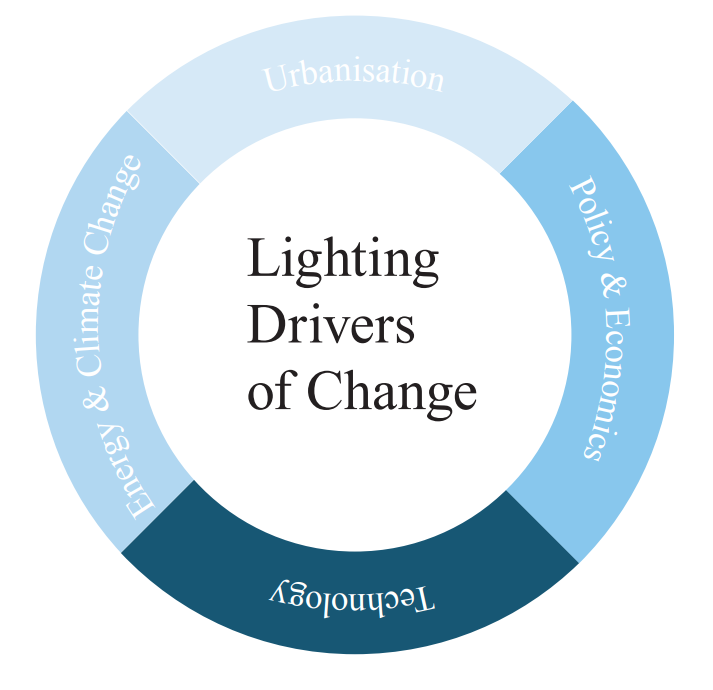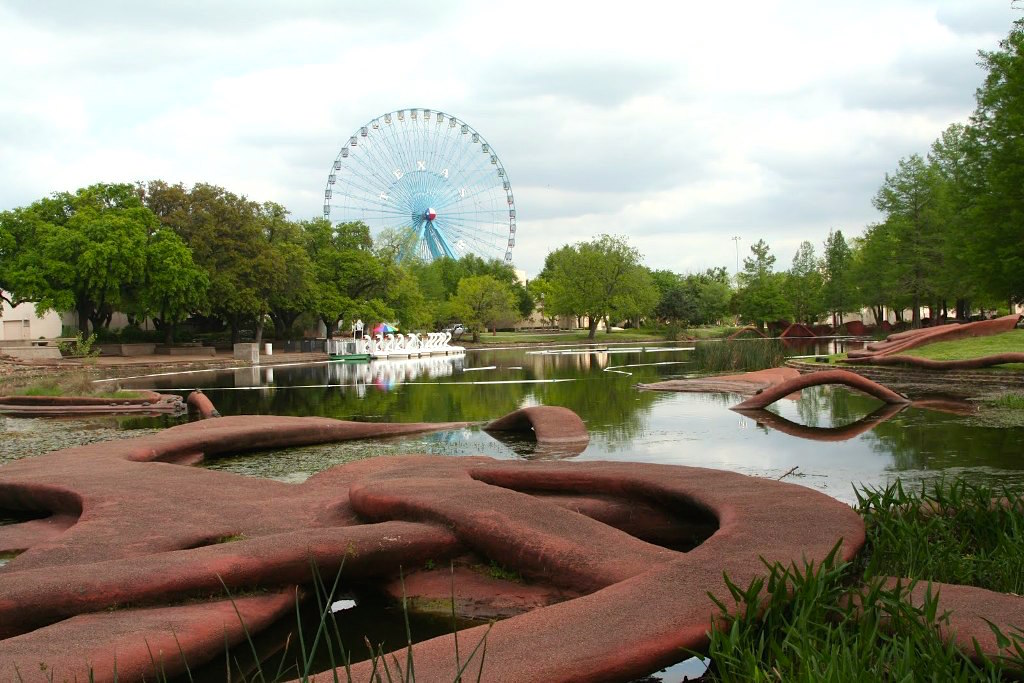We might be taking it for granted for now, but the introduction of lighting in our streets is something which definitely made our public spaces exponentially better.
With our cities now well-lit, you might think we have reached a dead-end in this particular domain. However, London-based multinational professional services firm Arup says no — we can do better. In their study, Lighting in the Urban Age: Meaningful design for cities, people & places, Arup proposes ways to make urban lighting more sustainable and sensitive in the urban context.
According to Arup, there are four drivers of change in urban lighting:
Let’s see how each factor comes into play when it comes to bringing urban lighting to new horizons.
From our partners:
Urbanisation
Half of the world’s population now resides in urban areas and this number is expected to rise in the coming years. The cities of today are changing at a rapid pace and not all cities are made the same. There are differences in terms of government structures, population size, cultures, and identities. To recognize these differences and tailor-fit solutions for each city in accord with these differences is the next step to improve lighting design for our cities.
Policy & Economics
While lighting doesn’t contribute much to the reduction of emissions, it remains important for lighting designers to be aware of local policies as well as the current discussions on energy, environment, and climate change, especially those which are directly influential to urban lighting.
As of recent times, one of the most revolutionary movements directly involved in lighting would be the EU’s ban of incandescent light bulbs. Being aware of movements like this allows us to be knowledgeable on what policies are suitable for our own cities.
Energy & Climate Change
Lighting is a highly visible component when it comes to energy consumption. With this, strategies to reduce its contribution is one of the main concerns in lighting design. Yet another target for improvement is light pollution. While lighting is often seen as a sign of development in a city, the quality of lighting is much more important than the quantity of lighting in cities.
According to Arup, lighting plans and designs and cities should include:
- Minimisation of light pollution
- Setting of environmental zoning standards
- Addressing the recycling of hazardous materials in light sources
- Minimisation of energy consumption
- Consider life cycle costing analysis
- Considering the responsivity of light of local ecology.
Technology
As with other aspects of the city, technology is a powerful driver of change. Therefore, an extensive and up-to-date knowledge of existing lighting equipment, lighting control, and renewable technology is imperative in transforming lighting in our cities. This knowledge is critical for urban planners, architects, and engineers to ensure that resources are used efficiently.
A Guide to Meaningful Design
Arup provides a short guide for lighting designers in order to make lighting meaningful for cities and people:
- Understand who are you lighting for.
- Understand the city context.
- Talk to the people, know their culture and their character
- Focus on the cities and the people — not the equipment.
- Design lighting that is can adapt to the quickly changing city
- Brush up on urban theory
- Simplify things, allow intervention at the local project scale.
- Design lighting in accord to the scale and the intensity of the environment.
- Be aware of local planning and policy constraints.
- Determine which technology is appropriate for the city.
- Think big, see how lighting will affect the other components of the cities.
- Imagine and cater to the unique needs of each city.














